Dark Side of the Light: How light pollution affects people and the planet
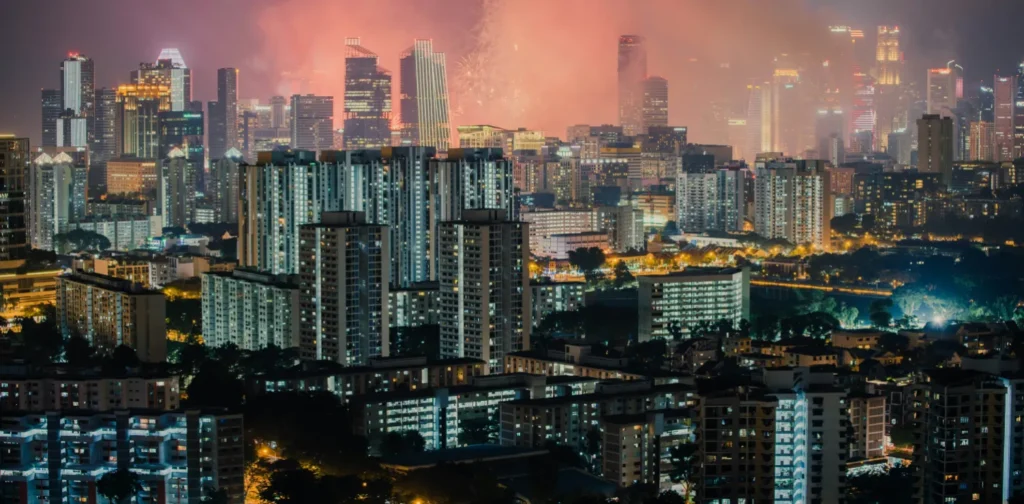
Photo by CHUTTERSNAP on Unsplash
A city’s skyline with bright twinkling lights against the backdrop of a night sky is a sight to behold. Electricity has made many things easier for us, including providing light so we can see during nighttime. However, these bright lights have their dark sides. Artificial light pollution becomes an increasingly relevant, often-overlooked issue that affects humans and other life forms on Earth.
Pervasive Light
Light pollution results from the excessive or inappropriate use of artificial lights outdoors. The most common form is skyglow, the brightening of the night sky due to lights from buildings, cars, street lamps, billboards, and other infrastructures. With rapid urbanization and lifestyle changes around the world, skyglow is becoming the norm.
Besides skyglow, there are other types of light pollution. Glare is when excessive brightness causes visual discomfort, like from cars’ headlights. Clutter occurs when excessive and confusing bright lights are grouped together, like at the New York Times Square. Meanwhile, light trespass is light that illuminates areas that are unneeded or private, like bedroom windows.
As most outdoor artificial lights are poorly positioned, they scatter toward the night sky, brightening what should stay dark. Light pollution has become so pervasive that at least 80% of the world lives under light-polluted skies. Besides the US and European countries, Singapore, Qatar, and Kuwait are some of the most light-polluted countries in the world.
Even the galaxy is disappearing from our sight. More than one-third of humanity cannot see the Milky Way from where they are. These areas include the Belgium/Netherlands/Germany transnational region, the Boston to Washington cities in the US, the London to Liverpool region in England, an area near Cairo in Egypt, and regions around Beijing and Hong Kong in China and Taiwan.
Light Pollution on Human Health
Light at night can interrupt sleep. It lowers the production of melatonin, a hormone that regulates sleep cycles and is naturally released in human bodies when light is low. This disruption interferes with circadian rhythms and results in sleep disturbances.
Moreover, research has shown that the impacts do not stop at sleep disorders. Other conditions include weakened immune functions, fatigue, headaches, stress, anxiety, and other mental disorders. Further studies also show a link between reduced melatonin levels and increased risks of obesity, diabetes, cardiovascular diseases, and hormone-related cancer.
Effects on Other Life Forms
Light pollution affects other species, too. Many animals, especially nocturnal ones, rely on the natural cycles of the day. For them, artificial light pollution can cause disorientation, disrupted migration and reproduction patterns, and increased mortality.
Christopher Kyba, a physicist and light pollution expert, explained, “So when life evolved, it had a regular switch from daytime to nighttime, and that was really important for early life to adapt to that. And for hundreds of millions of years, we had sort of the same conditions all the time throughout the months and throughout the seasons, and now all of a sudden, the light environment at night is completely different from the way it was during this entire evolutionary period. And so that really throws a lot of organisms for a loop because it’s just not what they expect.”
For instance, light pollution results in 62% less visit to flowers from nocturnal pollinators and 52% decline in caterpillar populations in areas with streetlights. Bright lights also confuse sea turtles during migration, making them lose their way and often die.
Birds are also affected. Every year, millions of migratory birds in the US die by colliding with brightly illuminated skyscrapers. In Germany, blackbirds in the city become active—waking and singing—five hours earlier than those in rural, more natural areas due to light and noise pollution.
Managing Light Pollution
Along with noise pollution, light pollution is a less attended issue than the more obvious and pressing water, air, and ground pollution. Beyond its impacts on humans and animals, it also means a waste of energy that contributes to greenhouse gas emissions. Therefore, careful management is essential to improve our health, protect the environment, and use energy more effectively.
Light pollution can be reduced with properly designed and placed light fixtures guided by strong regulations. Following the lighting guidelines at sea turtle beaches, the key is to “keep it low, keep it long, and keep it shielded”. Low means using the lowest wattage and lumens necessary and keeping them as close to the ground as possible. Long means to use lamps with long wavelengths, such as lights in amber, orange, or red. Lastly, shielded means the lights must be directed away from unnecessary directions.
Several countries and cities worldwide have begun their efforts by implementing regulations, infrastructure solutions, and smart technologies. The first country to enact a law addressing light pollution was the Czech Republic in 2002, requiring all outdoor lights to be shielded and not extending above the horizontal line. Flagstaff in the US has become a Dark Sky City by having similar measures.
There are many simple yet effective ways to reduce light pollution without compromising the safety of people at night. All in all, thorough analysis of the situation and multi-stakeholder collaborations can go a long way to ensure the development of humanity does not bring harm to our future and our surroundings.
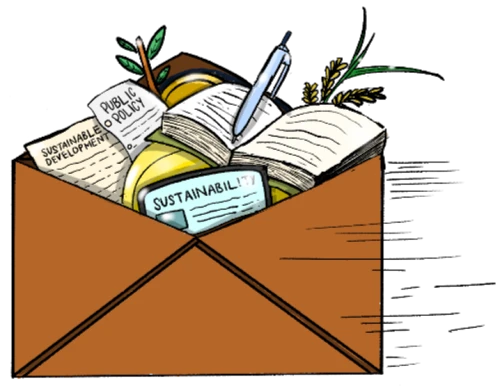
Join Green Network Asia Membership
If you find this content useful, support Green Network Asia’s movement to create positive impact for people and the planet through public education and multi-stakeholder advocacy on sustainability-related issues and sustainable development. Get exclusive benefits for personal and professional development as well as for organizational capacity development.
Become a Member Now

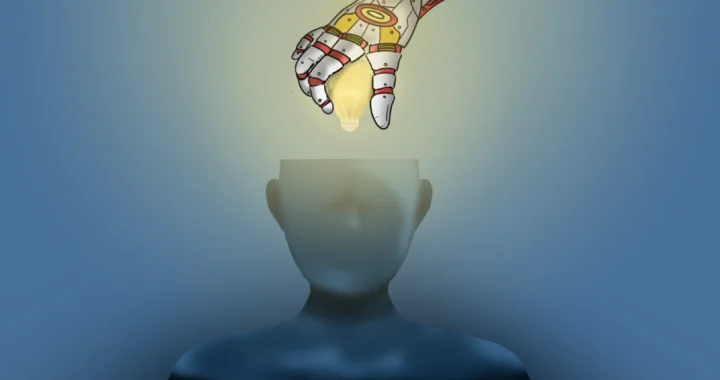 Understanding the Dark Side of Artificial Intelligence
Understanding the Dark Side of Artificial Intelligence 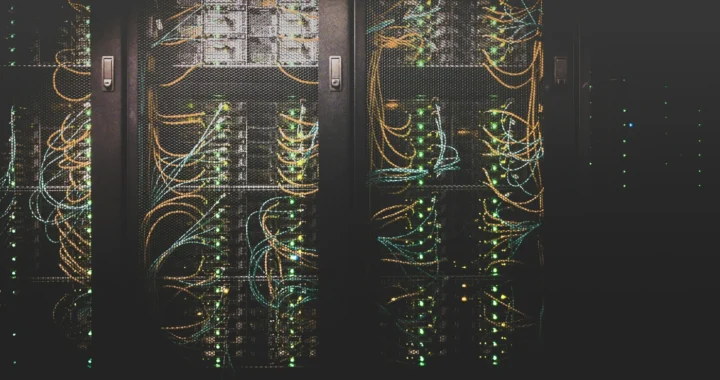 Attempting Data Center Circularity Through Waste Heat Recovery
Attempting Data Center Circularity Through Waste Heat Recovery 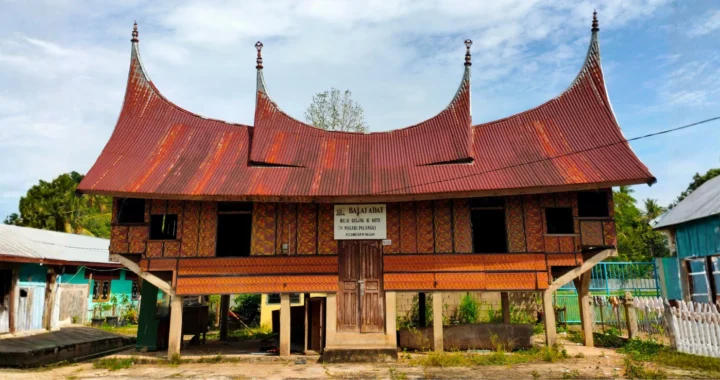 Indigenous Knowledge and Art as Integral Instruments for Disaster Risk Reduction
Indigenous Knowledge and Art as Integral Instruments for Disaster Risk Reduction 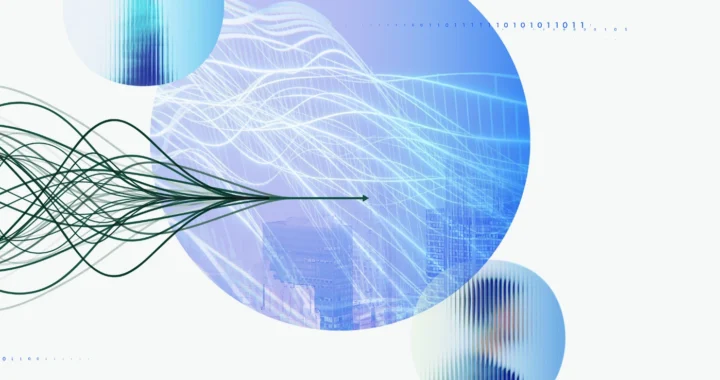 Strengthening Societal Resilience in the Age of Disruptions
Strengthening Societal Resilience in the Age of Disruptions 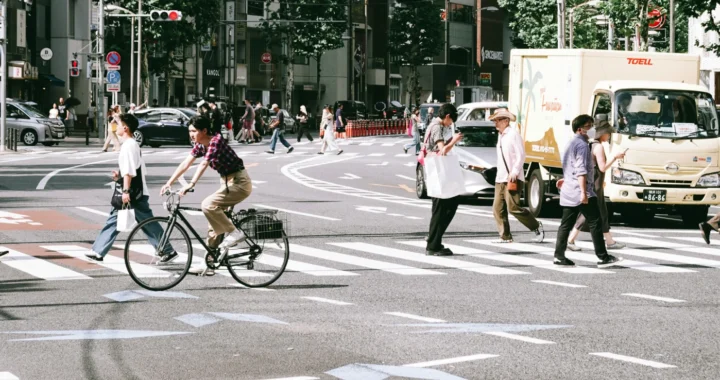 Building Strategic Approach to Support Urban Health for All
Building Strategic Approach to Support Urban Health for All 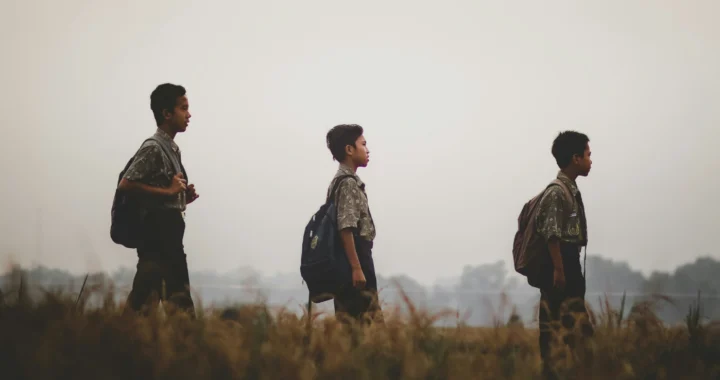 Understanding and Addressing Multiple Dimensions of Child Deprivation
Understanding and Addressing Multiple Dimensions of Child Deprivation